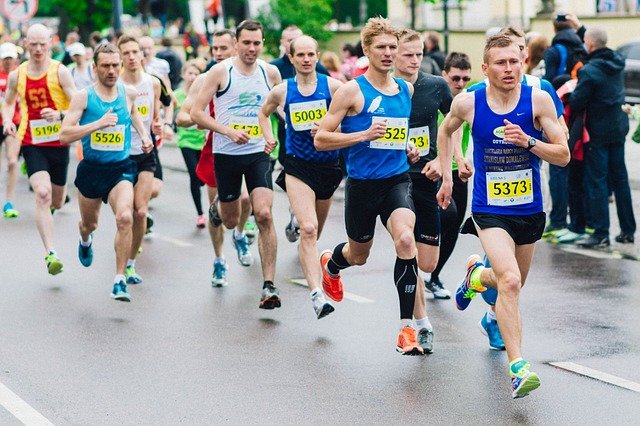
Endurance is very important in a long-distance race.
A race is a competition in which each participant tries to cross the finish line first. To achieve this objective, competitors seek to travel the necessary distance in the shortest time possible.
There are many types of careers. Long-distance races are those that are carried out on foot and that require covering a long distance . It is generally accepted that long-distance races have a distance of at least 5 kilometers .
The marathon
The marathon is the most popular long-distance race. Marathon runners have to run 42 kilometers , a distance that requires significant physical preparation. If the distance to be covered is 21 kilometers , it is called a half marathon .
Kenyan runner Dennis Kipruto Kimetto is one of the leading distance running specialists. This athlete has the world record in marathons: 2:02:57 , a time he set in 2014 in a competition held in the German city of Berlin .
Among women , the Englishwoman Paula Radcliffe is among the main figures in long-distance races. With 2:15:25 , she held the women's world record in marathons, a mark she achieved in 2003 and which was surpassed in 2019 by the Kenyan Brigid Kosgei (2:14:04), another great star.

The most popular long-distance race is the marathon.
Distance running vs. speed race
While in a 100-meter race or a relay race athletes must be able to reach high speed, in a long-distance race endurance is more important.
A runner who is not too fast can achieve good results in a distance race, but not in a sprint race . On the contrary, a very fast athlete can succeed in sprint races and fail in long-distance races.
Rest, essential
Although training is usually associated with the most active part of physical preparation, we should not underestimate rest , an integral part of it without which we become more prone to injuries. If we do not rest for enough time, the body does not have the opportunity to evolve adequately based on the exercise or to replenish the energy it requires for a new session.
One of the best training structures for distance running is to allocate two days a week to rest, as well as one after each competition .
Long distance running and smooth continuity
As part of long-distance running training, it is important to include gentle continuous running to work on low-impact resistance , and thus get the body used to using fats as an energy substrate.
In addition, it helps to increase the size of the heart, which results in reduced heart rate, greater muscle capillarization, and muscles, tendons, and cartilage adapting to prolonged effort.
Short series, repetitions and changes of pace
With the help of short series and repetitions we can promote aerobic power, necessary to achieve a response from the body in the crucial moments of long-distance running. The body learns to reuse lactate to reduce the level of fatigue , and converts it into energy.
Another tip from coaches is to work the continuous method of variable intensity. In other words, do long-duration sessions with a variation in pace organized into time intervals, so that peaks of fatigue are generated with their corresponding recoveries when the pace decreases. In this way we can improve our recovery capacity during long-distance running.
The importance of stretching in distance running
Both before and after training, it is necessary to stretch so that the muscles warm up.
This prevents us from injuries and helps us recover after exertion .
